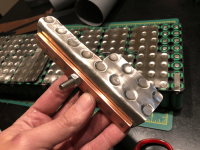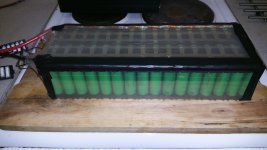Hi All,
I am just wondering if someone can point me to a chart or resource that will show me the current ratings for this:
https://eu.nkon.nl/accessories/battery-solder-strip/nikkel-batterijpack-verbinding-soldeerstrip-27mm.html
nickel strip 27mm x 0.15m.
I have asked Nkon and they don't know!
Thanks
I am just wondering if someone can point me to a chart or resource that will show me the current ratings for this:
https://eu.nkon.nl/accessories/battery-solder-strip/nikkel-batterijpack-verbinding-soldeerstrip-27mm.html
nickel strip 27mm x 0.15m.
I have asked Nkon and they don't know!
Thanks





